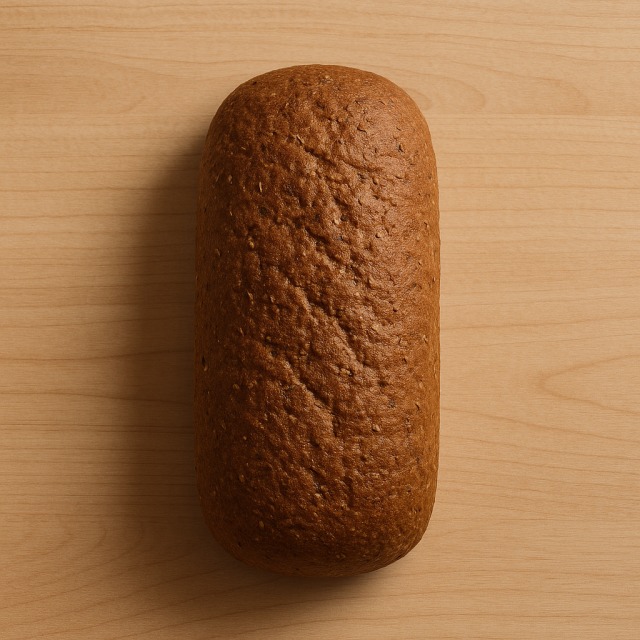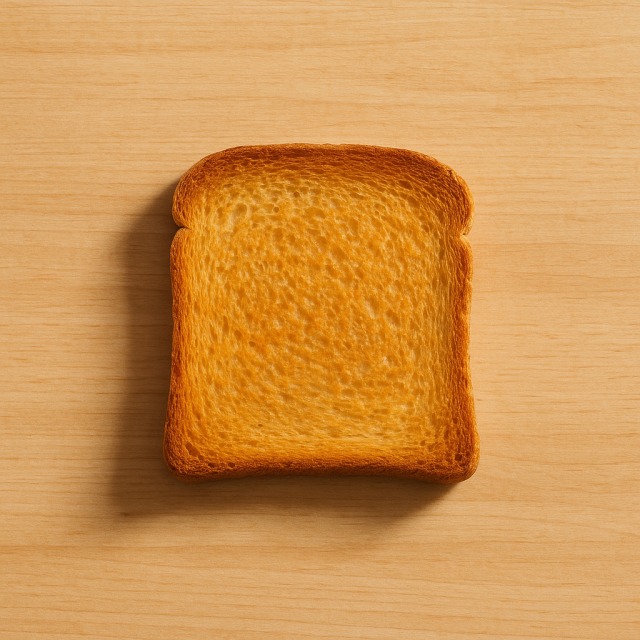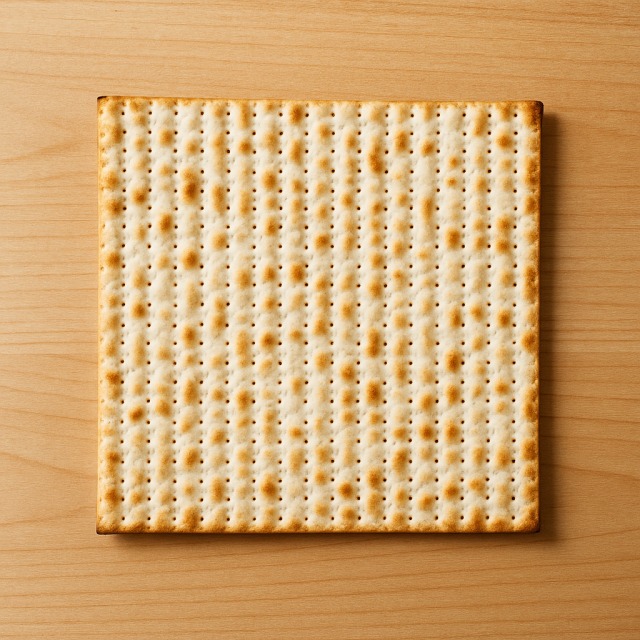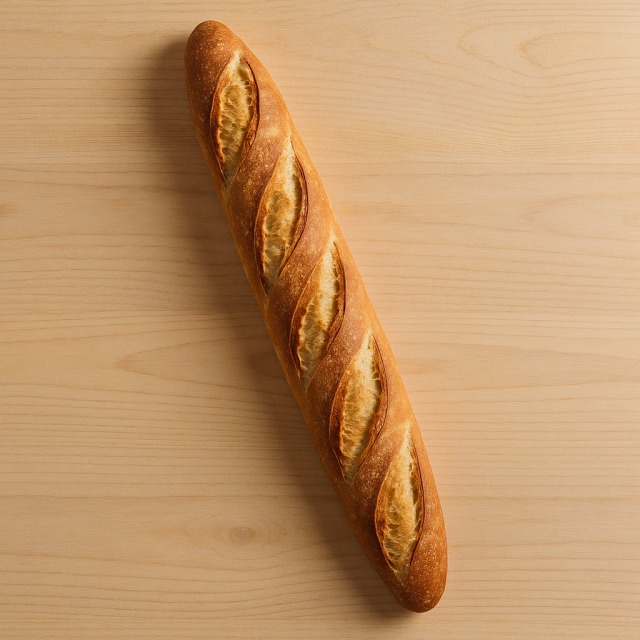Calorie Chart / Trimmings / Bread - Sliced
How Many Calories Are in Sliced bread?
Calculation of the nutritional value & Recommended Dietary Intake of sliced bread
For g and a calorie requirement of kcal
| Calories 72 kcal | Proteins 2 g | Lipids 1 g | Carbohydrates 14 g |
| 4% | 3% | 1% | 5% |
Health benefits of sliced bread
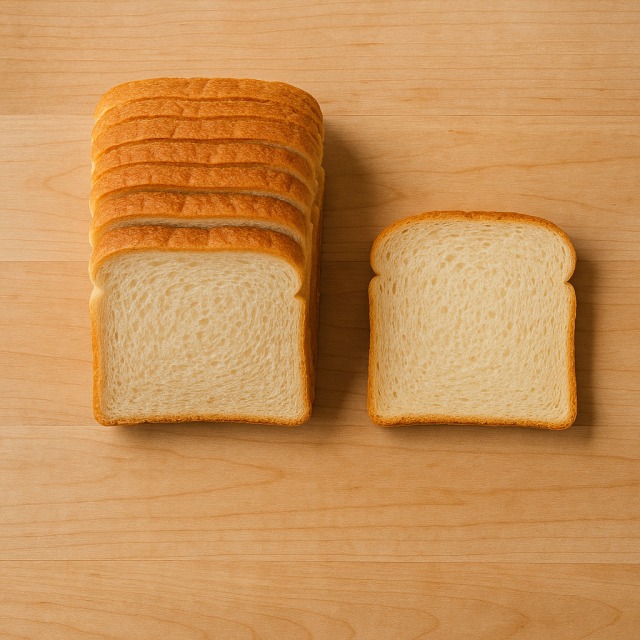
Sliced bread - 100g
Calories 288 kcal
Proteins 8 g
Lipids 4 g
Carbohydrates 55 g
Sliced bread is considered a moderate-calorie food (288 kcal/100 g). Its principal asset is rapid energy thanks to its 55 g of carbohydrates, which makes it useful when you need calories quickly, for example, before endurance training. Repeated studies have also shown that bread enriched with complex carbohydrates helps regulate appetite and therefore overall daily calories.
On the micronutrient side, sliced bread supplies B-group vitamins, particularly thiamine (B1) and niacin (B3), which contribute to normal energy metabolism—again a point that speaks directly to calories and how the body uses them. It also contains small amounts of folate (B9), iron, magnesium, and selenium. Although the concentrations are modest, they participate in red-blood-cell formation and antioxidative defenses.
Because most industrial loaves are fortified, the crumb often contains added calcium to support bone health. Whole-grain versions go a step further by providing more fiber, which slows the absorption of calories and helps you feel satiated longer.
Historically, factory-sliced bread appeared in 1928 in Missouri and quickly became popular because the uniform slices made calorie counting simple—a benefit still appreciated by anyone tracking daily calories today.
Tips for incorporating sliced bread into a balanced diet
To keep an eye on calories while enjoying sliced bread, think about what you add on top. An open sandwich with mashed avocado and tomato delivers healthy fats and fiber without excessive calories. A classic club using grilled chicken breast, lettuce, and tomato offers a balanced protein-to-calories ratio.
At breakfast, try a slice spread with a thin layer of peanut butter and banana: the mix of protein, slow carbs, and good fats helps stabilize morning calories and blood sugar. Prefer two small slices over one thick butter-laden brioche to save calories.
For a comforting dinner that still controls calories, transform your bread into a homemade croque-monsieur, but swap full-fat cheese for a moderate portion of Emmental and add spinach between the slices. Serve alongside a bowl of vegetable soup to boost volume without piling on calories.
Finally, if you enjoy post-workout toast, pair the bread with flaked tuna and cucumber. This combination provides quality proteins while keeping total calories in check.
Frequently Asked Questions
- How many calories are in sliced bread?
- There are 288 kcal per 100 g.
- How many calories are in one average slice?
- An average slice weighs about 25 g and supplies roughly 70 calories.
- Does toasting bread change its calories?
- Toasting removes water but no macronutrients, so calories stay virtually identical—about 70 calories for the same slice.
- Is wholemeal bread lower in calories than sliced white bread?
- Wholemeal bread often contains slightly fewer calories (around 250-260 kcal/100 g) and more fiber, helping you feel full with fewer calories overall.
- What is the best topping if I need high protein but controlled calories?
- Use lean fillings like turkey cutlet or smoked salmon; they raise protein without adding too many calories.
- Can I freeze sliced bread without affecting its calories?
- Yes, freezing alters texture but not nutritional values, so calories remain at 288 kcal/100 g after thawing.
Similar foods
Information provided by Calorie Menu may contain inaccuracies or errors. It cannot, under any circumstances, substitute medical advice or medication.

